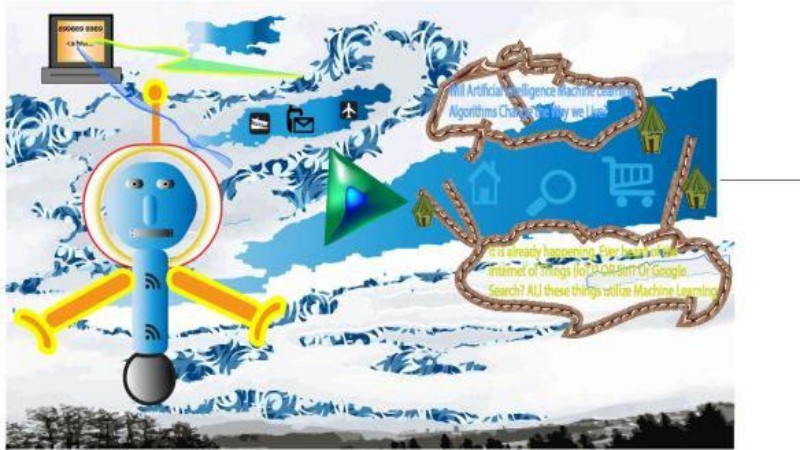
I created this concept image in Illustrator then transferred it to bitmap app.MACIEJ DURAJ/MIKE LATA
Telemarketing, telecommunications and service call centers traditionally relied on human service operators interacting with customers over the phone. This was for many years just done over the phone until the Web and things such as e-mail took off. Over time, more and more service centers started to outsource employees and customer service to third world countries where cheap labor could be found (there are even companies specialising in providing such services on demand).
For many years customer service relied on customers calling up a service center and asking for help in fixing their system or an error with the software they are using. A call center representative would try to help the customer over the phone from a single location and if that did not work they would route them to a technician or specialist that could potentially access their system remotely. Customers would spend hours over the phone with the potential of a connectivity loss. As the cell phones became widespread this alleviated that problem a bit.
However, synchronous chats and online communications really took customer service to a higher and more individualised level. Nowadays the practice is expanding into artificial intelligence or machine learning along with the cloud and other technologies replacing many employees or humans sitting at these call centers. We have these programs being deployed across websites and messaging services called chatbots that even Facebook uses in its messenger to help customers instead of relying on human operators waiting to take a call at all hours of the day and night: often not a feasible task.
A chatbot is available on demand and can serve as the first line of help for any customer that may be accessing the system from a different geographical one where the company is based out of and in the middle of the night in the company’s location. It can also aid customers with both text and voice as well as through visual cues.
Chatbots are becoming more robust and effective due to them implementing AI or machine learning techniques in helping solve customers’ needs and understanding human language better or the questions people input on their keyboards. Some of you may recall a time when you entered a question or even a search query on Google and got a completely different answer than what you intended to ask about. Chatbots are increasing efficiency in the ability to weed through questions asked in a variety of ways by the end user.


